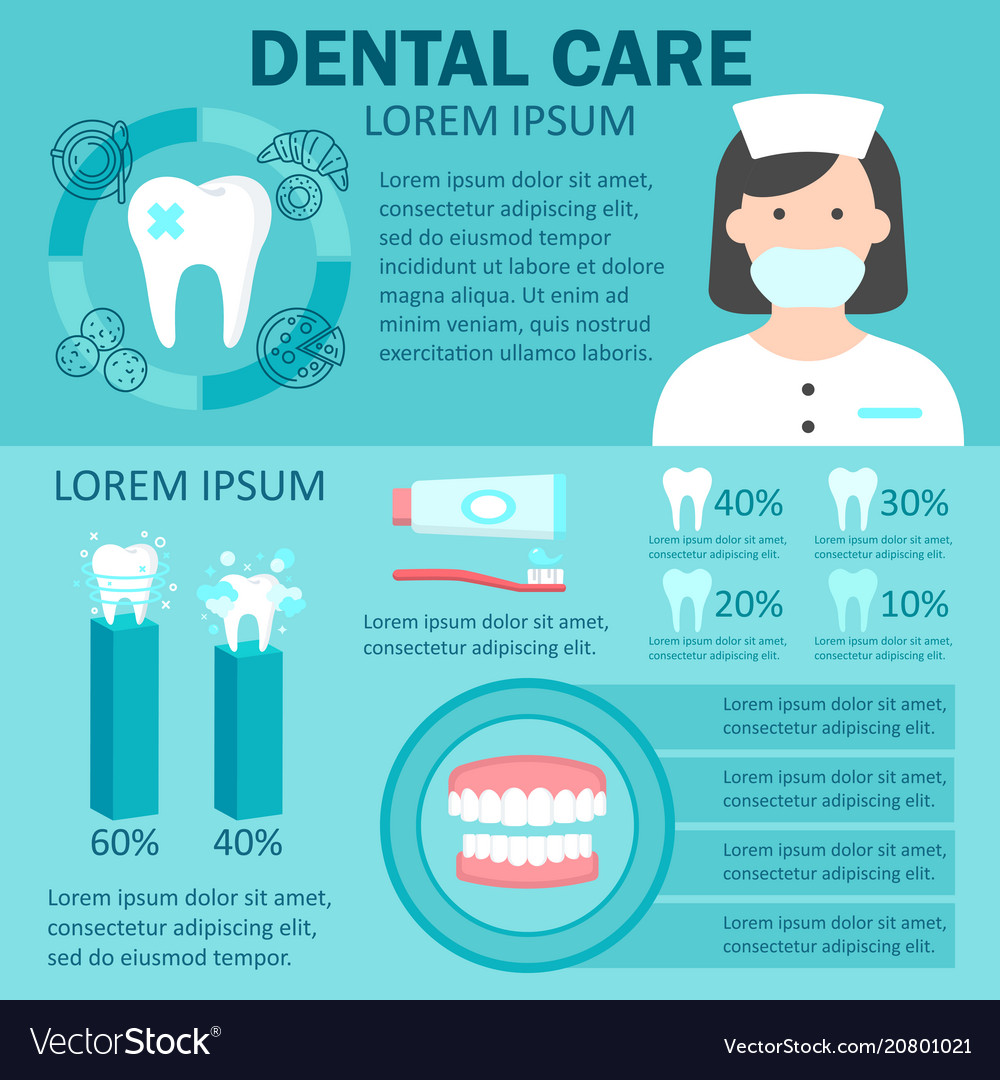Recognizing Tooth Injuries: When To Look For Immediate Treatment
Recognizing Tooth Injuries: When To Look For Immediate Treatment
Blog Article
relevant website -Brady Schaefer
If you feel a sudden jolt of discomfort or discover a tooth injury, it can be distressing. Yet how do you identify if it's an oral emergency situation that needs immediate attention? Comprehending the essential indicators and recognizing when to look for assistance can make all the distinction in preserving your oral health. Knowing when to act promptly can imply the difference in between a quick fix and more considerable therapy.
Common Types of Dental Trauma
What're the typical sorts of dental trauma that you should understand?
Crashes can happen, bring about different kinds of dental injuries. One usual type of oral trauma is a fractured tooth. This can occur from attacking down on something difficult or experiencing an impact to the face.
One more kind is a broken tooth, where a part of the tooth can chip off. Furthermore, you might experience a knocked-out tooth, which can occur during sports or falls. It's critical to deal with the tooth thoroughly and seek immediate dental attention.
Dental injury can additionally include a tooth that has actually been pushed out of setting or loosened up as a result of an injury. This kind of injury calls for prompt therapy to conserve the tooth.
Last but not least, soft cells injuries in the mouth, such as cuts, can additionally happen from accidents. Learning about these usual types of dental trauma can aid you act quickly and properly in case of an emergency.
Signs of Oral Emergencies
Acknowledging the indications of dental emergency situations is crucial for prompt action and correct treatment. If you experience severe tooth pain that's constant and pain, it can show a hidden concern that needs prompt interest.
Swelling in the gums, face, or jaw can also be a sign of a dental emergency situation, especially if it's accompanied by pain or high temperature. Any type of kind of injury to the mouth causing a broken, broken, or knocked-out tooth ought to be treated as an emergency situation to avoid more damages and possible infection.
Bleeding from the mouth that does not stop after using stress for a couple of mins is another warning that you need to seek emergency dental treatment. Additionally, if you observe any type of indications of infection such as pus, a foul taste in your mouth, or a high temperature, it's essential to see a dental practitioner asap.
Overlooking these indications could result in more major complications, so it's essential to act swiftly when confronted with a possible oral emergency.
Value of Immediate Therapy
Prompt activity and immediate treatment are crucial in dealing with oral emergencies to stop more problems and make certain optimal end results for your dental health.
When faced with full mouth dental implants cost near me , such as a knocked-out tooth or serious toothache, seeking prompt treatment can make a significant distinction in saving your tooth and alleviating pain. Postponing treatment can lead to infection, enhanced discomfort, and even long-term damages to your teeth and periodontals.
By seeking emergency oral treatment without delay, you enhance the opportunities of successful therapy and restoration. Dental practitioners have the required skills and equipment to deal with emergency situations successfully, lowering the risk of lasting effects.
Additionally, immediate therapy can assist manage discomfort and discomfort, enabling you to resume your everyday activities without distraction.
Final thought
Finally, understanding dental injury and understanding when to look for first aid is important for preserving oral health.
By identifying common types of dental injuries and the indicators of oral emergencies, you can ensure punctual care to prevent further damages and complications.
Keep in mind, seeking instant treatment can conserve teeth, lower pain, and raise the chances of successful healing.
Do not wait to seek aid from a dental expert if you experience any type of indications of dental injury.
